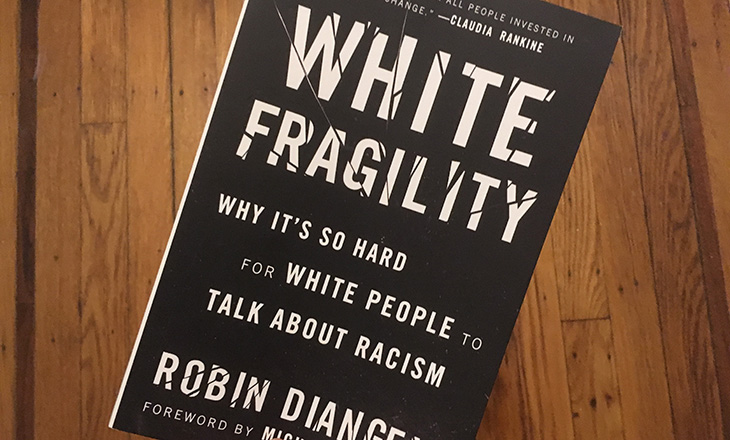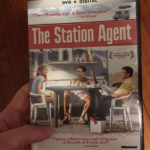I remember watching a show in the early 90’s called True Colors. It was about an interracial marriage and the couple’s children from their previous marriages. “It Ain’t The Brady Bunch” was the slogan for the show, which is a little problematic but let’s let that go.
There was an episode in which they introduced a kind old shopkeeper of a local grocery store. We saw how he treated a white woman who shopped in his store. I believe he let her use a credit card and he was genuinely pleasant to her.
Then Lester Freeman, the black son of the newly formed family (he also had a brother Terry and a new white step sister), came in to shop. The shopkeeper’s expression turned sour. He followed Lester around the store and when Lester pulled out a credit card to pay, he refused to accept it.
The shopkeeper was racist!
Later, Terry and Lester come back to the store and tell off the shopkeeper. I particularly remember that as Terry leaves, he adjusts the shopkeeper’s toupee to thunderous studio laughter.
The studio audience applauds and I, as a young white viewer, got to feel good about myself. Order was restored, the bigot was punished and, most importantly, I was on the non-racist side.
I didn’t think about this episode (and all the others like it) for a long time, not until people started talking about the movie Selma and how there was no white savior in it. And I realized that in every episode of television with a racist character or every civil rights movie there was a good white person to espouse tolerance and equality.
All I knew is that I wanted to be good. Racists – people who discriminate against other people based on their race – are bad. So, I loved the entertainment where I could identify with the good non-racists.
The good/bad binary is one of the main things that Robin DiAngelo writes about in White Fragility. “The simplistic idea that racism is limited to individual intentional acts committed by unkind people is at the root of virtually all white defensiveness on this topic.”
The other quote that really struck a chord with me was, “If as a white person, I conceptualize racism as a binary and I place myself on the ‘not racist’ side, what further action is required of me? No action is required because I am not a racist.”
We’re so defensive about it because if you tell us not even that we are racist but that we’ve done or said something racist, what we hear is, “You’re bad.” So, we equivocate, say, “you don’t understand, I just meant that, uh, you know…”, or just straight blow up at the person telling us.
“Well, I guess I can’t say anything.”
“I feel attacked.”
Some people start crying and leave the room when the author, herself a white woman, teaches workshops.
This book resonated with me because the defensiveness felt so familiar. DiAngelo says that she hears statements so often it sounds almost like people are reading from a script. I’ve heard these statements. I’ve said them.
“I was taught to teach everyone the same.”
“I marched in the sixties.”
“Race has nothing to do with it.”
“Focusing on race is what divides us.”
One particularly interesting one that she points out is, “I work with black people,” as if tolerating the presence of people of color determined whether or not someone is racist.
I’m a little conflicted writing about this at all because, as a white man, it can be a little performative. Look at me! I’m a Park Slope liberal who read about white fragility. I get it now and I’ll gladly tell you about what I’ve learned.
It could be me trying to be good all over again.
The other eye opening thing for me in this book was the idea that we as white people can see racism as this unfortunate thing that just happens to people of color and that we have no role in it.
DiAngelo quotes social work professor Rich Vodde. “If privilege is defined as a legitimization of one’s entitlement to resources, it can also be defined as permission to escape or avoid any challenges to this entitlement.”
I think that it wasn’t that I wanted to be good. I wanted to be exempt from the issue altogether. If there’s one takeaway from this book for me, it’s that that’s not how it works.
She asks why we as white people always expect people of color to teach us about racism. Why haven’t we sought out this information on our own? It’s out there. This book is a good place to start.




